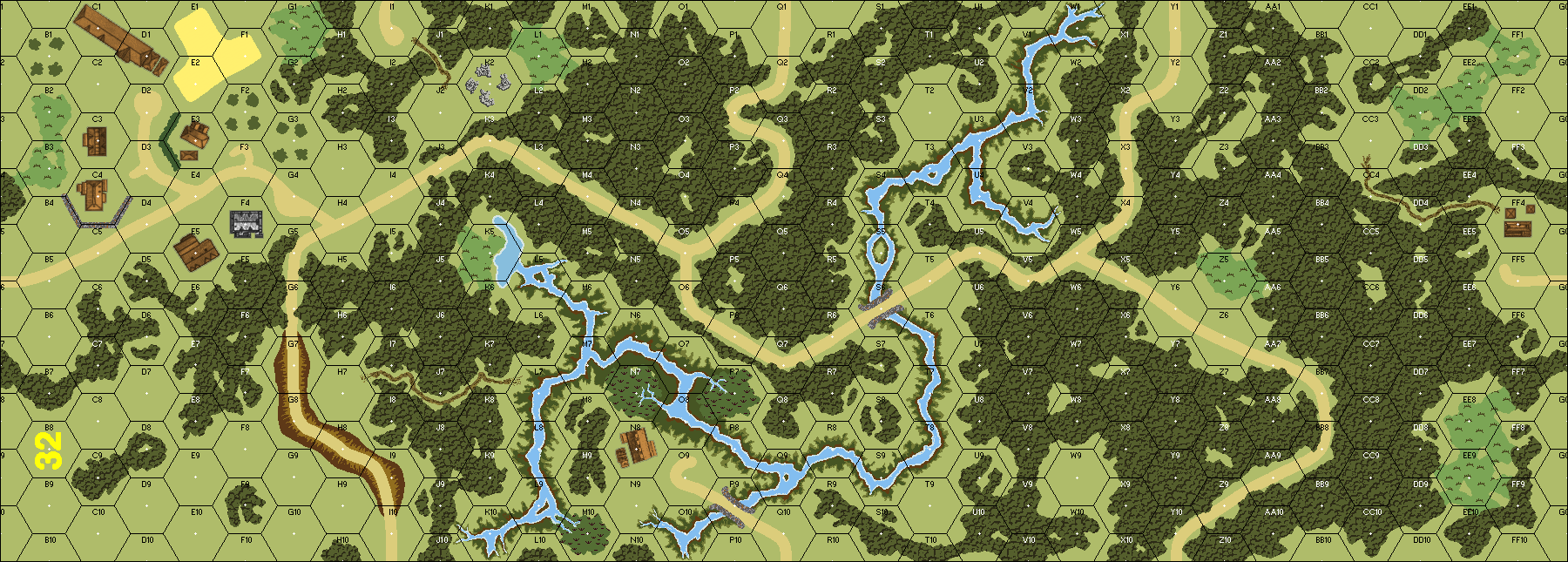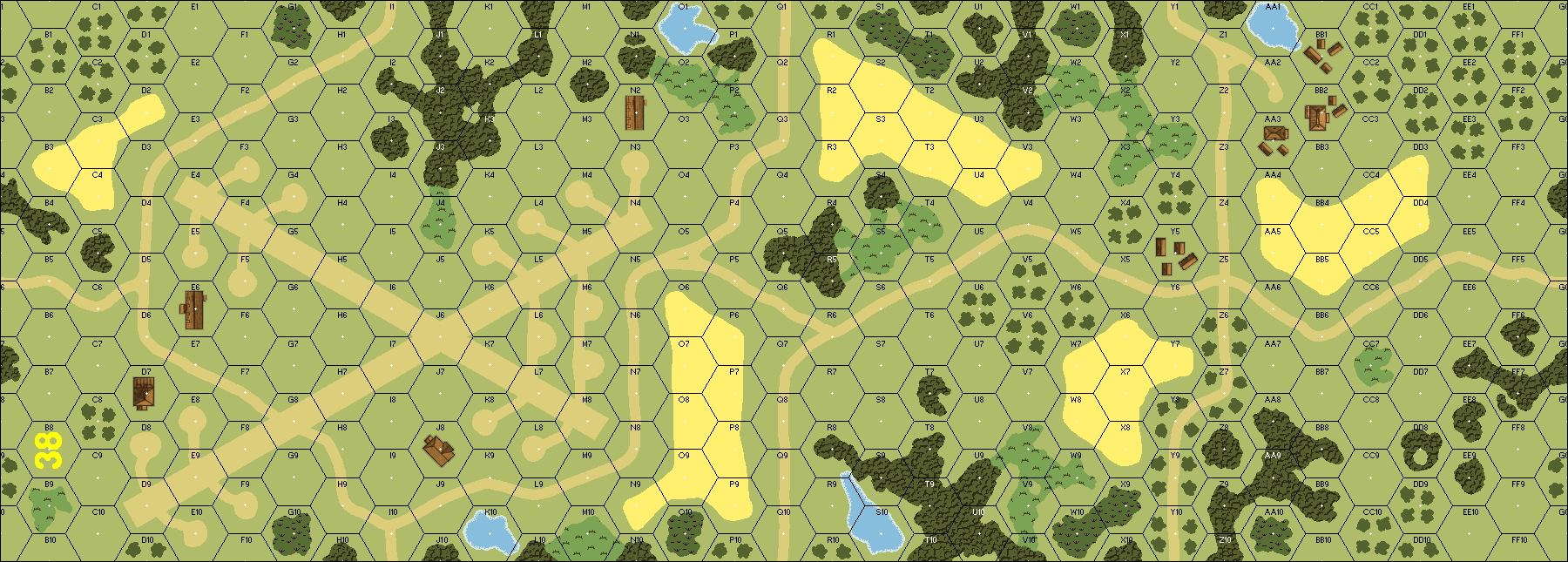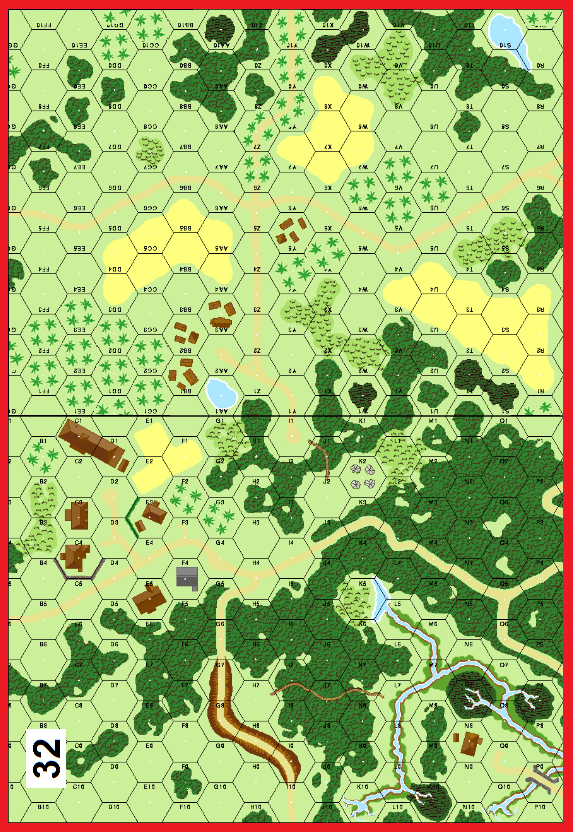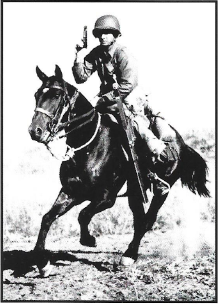Last Cavalry Charge PTO (id:#60699)
Morong, Luzon, Philippines
1942-01-16 (9 others)
G28: Ramsey's Charge (AH:The General # 30.3)
NEWS51: Forward Defense (ASL News # 27)
ASLUG13: Ramsey's Charge (ASLUG # 7)
DB021: Early Philippines Series #2: Crisis on the Abucay Line (Dispatches from the Bunker #11)
RetroPak#18: Forward Defense (Retro Pak II)
148: Ramsey's Charge (ASL 13 - Rising Sun)
DCRB 01: Wave upon Wave (Red Banner 2017 Q1)
148: Ramsey's Charge (ASL 13 - Rising Sun (2021))
ASLN51: Forward Defense (Critical Hit #8.2)
NEWS51: Forward Defense (ASL News # 27)
ASLUG13: Ramsey's Charge (ASLUG # 7)
DB021: Early Philippines Series #2: Crisis on the Abucay Line (Dispatches from the Bunker #11)
RetroPak#18: Forward Defense (Retro Pak II)
148: Ramsey's Charge (ASL 13 - Rising Sun)
DCRB 01: Wave upon Wave (Red Banner 2017 Q1)
148: Ramsey's Charge (ASL 13 - Rising Sun (2021))
ASLN51: Forward Defense (Critical Hit #8.2)
Designer: David Roth
Starter kit scenario?: Deluxe scenario?:
Balance:
AmericanJapanese
Overview:
January 15th, 1942, Troop E, as advance guard, was heading toward the village of Morong. The town sat strategically on the west coast of Bataan and the South China Sea, so the US Army intended to take Morong and build a defense line. G Troop platoon leader Lieutenant Ramsey and Filipino soldiers had just returned from reconnaissance duty and they were scheduled for some “R&R.” Since no one knew the territory better than Ramsey, he offered to assist. Ramsey was quoted as saying, “I did the one thing they tell you never to do in the Army – volunteer.” On the morning of the 16th, General Jonathan M. Wainwright, North Luzon Forces commander, had ordered Ramsey to take the advance guard into Morong. Captain Wheeler, the Troop E commander told the General that Ramsey volunteered to assist him with the assault. “Nonsense … Ramsey, move out!” Wainwright ordered. And history was made. Ramsey led three mounted squadrons into the jungle consisting of a 27-man advance guard of Philippine Scouts, the 26th Cavalry, and the 1st Regular Division of the Philippine Army. Encountering a Japanese infantry and artillery force at Morong, Ramsey ordered the charge that would become famous as the final horse Cavalry charge in history. After a bitter battle, E Troop emerged from the Bataan jungles disheveled and dog-tired. They were able to fend off the Japanese and hold the city of Morong, with only three casualties.Attacker: American (Troops E & F, 26th Cavalry Regiment, Philippine Army)
Defender: Japanese (Elements of 122nd Infantry Regiment, 48th Division)
6.5 turns
Players: 2 OBA: None Night: No| Unit Counts: |
| Squads: A:13.0 D:16.0 |
| AFVs: A:0 |
| AFVs: D:3 M3A1 SC(a) x 2 Type 97 Truck x 3 Type 92A |
| Guns: A:0 M2 60mm Mortar D:0 Type 89 Heavy Grenade-Launcher x 2 |
| Misc Rules: | PTO, LJ (Exc: Roads/bridges exist and Brush remains Brush) |
| Map Board(s): |
| Publication | Board |
|---|---|
| ASL 5a - For King and Country | 32 |
| ASL 13 - Rising Sun | 38 |
| ASL 13 - Rising Sun (2021) | 38 |
| ASL 4 - Partisan! | 32 |
| ASL 9 - Gung Ho! | 38 |
| Overlays: | NONE |
Errata (source)
Players wanting to play this game/Request a match:
Scenario info
Last Played:
View all or balance report
| Action | Date |
|---|---|
| hoxson1 Modified the overview | 2025-03-11 20:58:06 |
| hoxson1 Linked the scenario to ROAR | 2025-03-11 20:57:31 |
| Hutch Modified the gps location | 2024-12-17 22:15:01 |
| wwillow Added a playing | 2024-12-17 20:11:26 |
| SGT Mac Added a playing | 2023-03-04 21:44:18 |
| File | Description | User | Views |
|---|---|---|---|
| (!usa-jap.png) | Image | hoxson1 | 1257 |
| (us cavalry pistol.png) | Image | hoxson1 | 1017 |
| (last cav charge PTO.png) | Map Image | hoxson1 | 1044 |
| Description | Uploaded by |
|---|
| Title | Author | Date |
|---|
| Description | Uploaded by |
|---|




